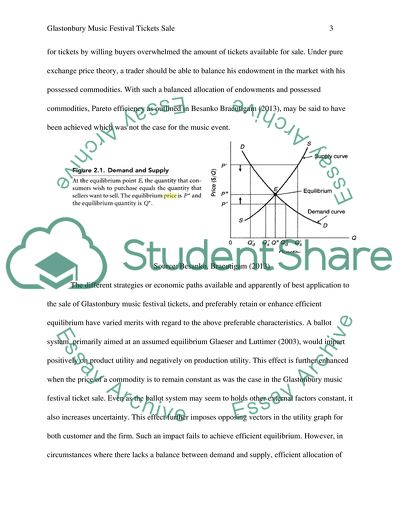Cite this document
(Macroeconomics Pricing Mechanisms based on Glastonbury Music Festival Case Study, n.d.)
Macroeconomics Pricing Mechanisms based on Glastonbury Music Festival Case Study. Retrieved from https://studentshare.org/macro-microeconomics/1662482-glastonbury-music-festival-tickets
Macroeconomics Pricing Mechanisms based on Glastonbury Music Festival Case Study. Retrieved from https://studentshare.org/macro-microeconomics/1662482-glastonbury-music-festival-tickets
(Macroeconomics Pricing Mechanisms Based on Glastonbury Music Festival Case Study)
Macroeconomics Pricing Mechanisms Based on Glastonbury Music Festival Case Study. https://studentshare.org/macro-microeconomics/1662482-glastonbury-music-festival-tickets.
Macroeconomics Pricing Mechanisms Based on Glastonbury Music Festival Case Study. https://studentshare.org/macro-microeconomics/1662482-glastonbury-music-festival-tickets.
“Macroeconomics Pricing Mechanisms Based on Glastonbury Music Festival Case Study”, n.d. https://studentshare.org/macro-microeconomics/1662482-glastonbury-music-festival-tickets.


